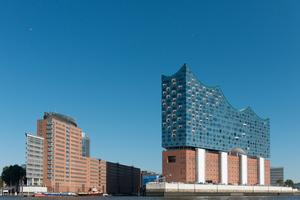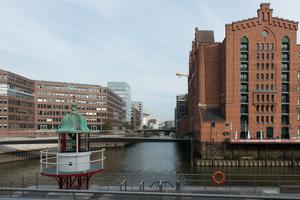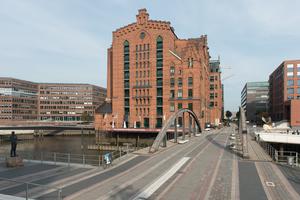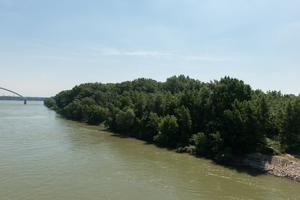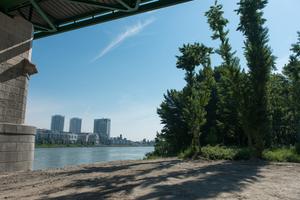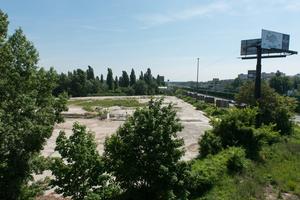Peter Gero emigrated from the then-Czechoslovakia to Germany in 1968 and became a prominent architect. During his rich career there he served also as the director of city development in Hamburg, Germany, and was responsible for the project of urban regeneration of old port warehouses in Hamburg into a new quarter, HafenCity. He now lives both in Hamburg and Bratislava.
The Slovak Spectator (TSS): What exactly was the position you held in Hamburg?
Peter Gero (PG): It is called the director of city development and it is a post at the city council. I won a competition and held it from 1994 until 2006.
TSS: Is it comparable with any function here in Bratislava?
PG: No. This is what has been missing here. The director of city development is the city’s architect, the head of transport; he is responsible for utilities but also main parks, infrastructure in the city and much more. This position integrates all elements related to the development of the city. The main problem of the position compared to this in Bratislava, the chief architect, is that the person who is holding it holds no competences and responsibility.
When speaking about development of a city architecture that should not be the initial focus. The stress should be put on the concept, or in other words the direction the development should follow. When you are planning the development of a city, you must have a reach on all these things.
And what is important you are an important partner for developers.
But for managing all this you also need staff. When serving as the director of city development I had a team of 470 people.
TSS: In Hamburg, when holding the position of the director of the city development, you were responsible for the project of urban regeneration of old port warehouses and its transformation into a new quarter, HafenCity. What was the biggest challenge in this project?
PG: The biggest challenge was to create a master plan with a vision of a quarter that would complement the city centre in a way that it would bring in functions that have been missing; the result being a vibrant city centre.
The fundamental principle to achieve this was mixing of individual functions meaning that work, dwelling, culture, free time, all these take place at one place. This creates a kind of a platform for a very economical city as the transport is not very intensive from outer quarters.
Another challenge was creation of a strong element of housing for all social groups, i.e. from privately owned luxurious apartments to the city’s rental apartments.
The third challenge was to create high quality public spaces that have on one hand a kind of unified look but on the other hand a very differentiated character. This means that when you enter these public spaces you feel that you are not in a united design space but that streets and squares have their distinguished character.
Another challenge was to create a new quarter with patine as if it has grown continually and in layers and that the functions are mixed here. When you enter it, you have to have a feeling of heterogeneity. This is, I think, the most important. This patine is always created by public spaces and mixing of functions, which means that there are offices, blocks of flats, a school and a church, and also by mixing of developers. This means that you have to divide this large space into many smaller, approximately one to maximally two hectare large plots to be always developed by a different developer with a different concept. This brings that heterogeneity, a lively quarter with genius loci.
This is very demanding in terms of coordination and for the director of city development because this involves not only architecture but much more. You have to have a team of competent and reliable people for doing this.
TSS: The people of Hamburg voted in a referendum back in November 2015 to withdraw the city’s bid to host the 2024 Olympic Games. Why, in your opinion, did they do so? What does this result mean for the city and projects which have already started?
PG: What happened in Hamburg was a misunderstanding and a mistake. The referendum was an unnecessary action because people of Hamburg were for holding the Olympics; the support was between 60 and 70 percent. But it was thought that a positive result in the referendum would win additional points in the eyes of the Olympic Committee because citizens of other candidate cities were against holding the Olympics in their cities. The referendum ended with a slight difference when 48.4 percent for the Olympics and 51.6 percent against.
It was actually a misunderstanding because the people of Hamburg were disappointed when the results were announced and also those who voted against did not think that they would mar hosting of the Olympics because the concept for the games in 2024 was set up in a way that the city would benefit from it in the long run and that all the functions to be developed for the Olympics would continue also after the games ended.
I lecture about this and show that Hamburg has lost one hundred years in terms of its development. The main problem of Hamburg is that it is divided into the northern, homogenous, and southern, less homogenous, part by the Elbe River. The project for the Olympics addressed this. So, what was designed and proposed will be carried out, yet it will not last 20 years, but 100.
TSS: In Slovakia discussion between the city, developers and the public about new projects does not work. Why? What can change this?
PG: It does not work because the discussion must primarily be held between investors and experts in the city management. This means that the city should create a position that represents the public interest and this can be achieved only by discussion, which however, does not work in Bratislava.
Individual stakeholders do not communicate with each other.
Another thing which does not work here is implementation of theoretical knowledge in practice.
And also what is needed is courage: this is my function, I am responsible for this and I think that this is how this should be done. When you want to do it in a different way, you have to remove me. Here in Bratislava people bear only formal paper responsibility.
TSS: Water and development of embankments is a topic also in Bratislava. How do you perceive the latest proposals for development of the Danube River on the Petržalka side on the site of the former Lido pool?
PG: Water is a topic not only in Bratislava but also in Hlohovec, Trenčín and Piešťany. All these are cities in which water creates their character.
In terms of embankments in Bratislava, these are neglected. In Bratislava, the Danube used to mean more of a danger than a benefit. But this has been changing, especially on the Petržalka embankment. There is the Sad Janka Kráľa park, Aupark, Magio Beach and this development naturally continues also, for example, with Lido. All these return to the city its character of a city on the river. The same I see on the opposite embankment from the Lafranconi Bridge up to Eurovea. Riverpark I and II, then Vydrica and Zuckermandel all are strong elements that should return the city its character of a city on the river. Of course, everything has to be coordinated and new quarters should be integrated with those already existing.
Thus each initiative to create a vibrant embankment should be supported by the city. Eurovea may serve as an example – as there are apartments, offices, a shopping mall, a theatre and so on. In terms of urban development this may continue further beyond the Apollo Bridge.
TSS: Do you mean to move the cargo port?
PG: Yes. The city has extended and quarters next to the port are not industrial any longer. Thus the port has lost its reason to be here, at least in its current function and size. Instead of factories you have here Eurovea and Panorama City. When the city develops like this you have to say B after A, which means that the Apollo Bridge is not the end of the city centre and that the city should extend there the urban quality as well.


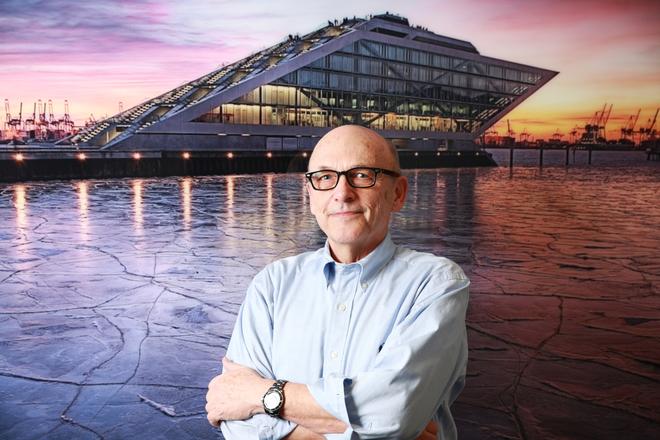 Peter Gero (source: Courtesy of Peter Gero)
Peter Gero (source: Courtesy of Peter Gero)
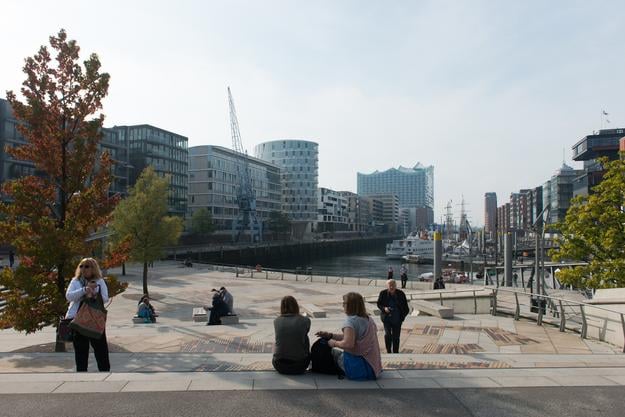 HafenCity in Hamburg (source: Jana Liptáková)
HafenCity in Hamburg (source: Jana Liptáková)
